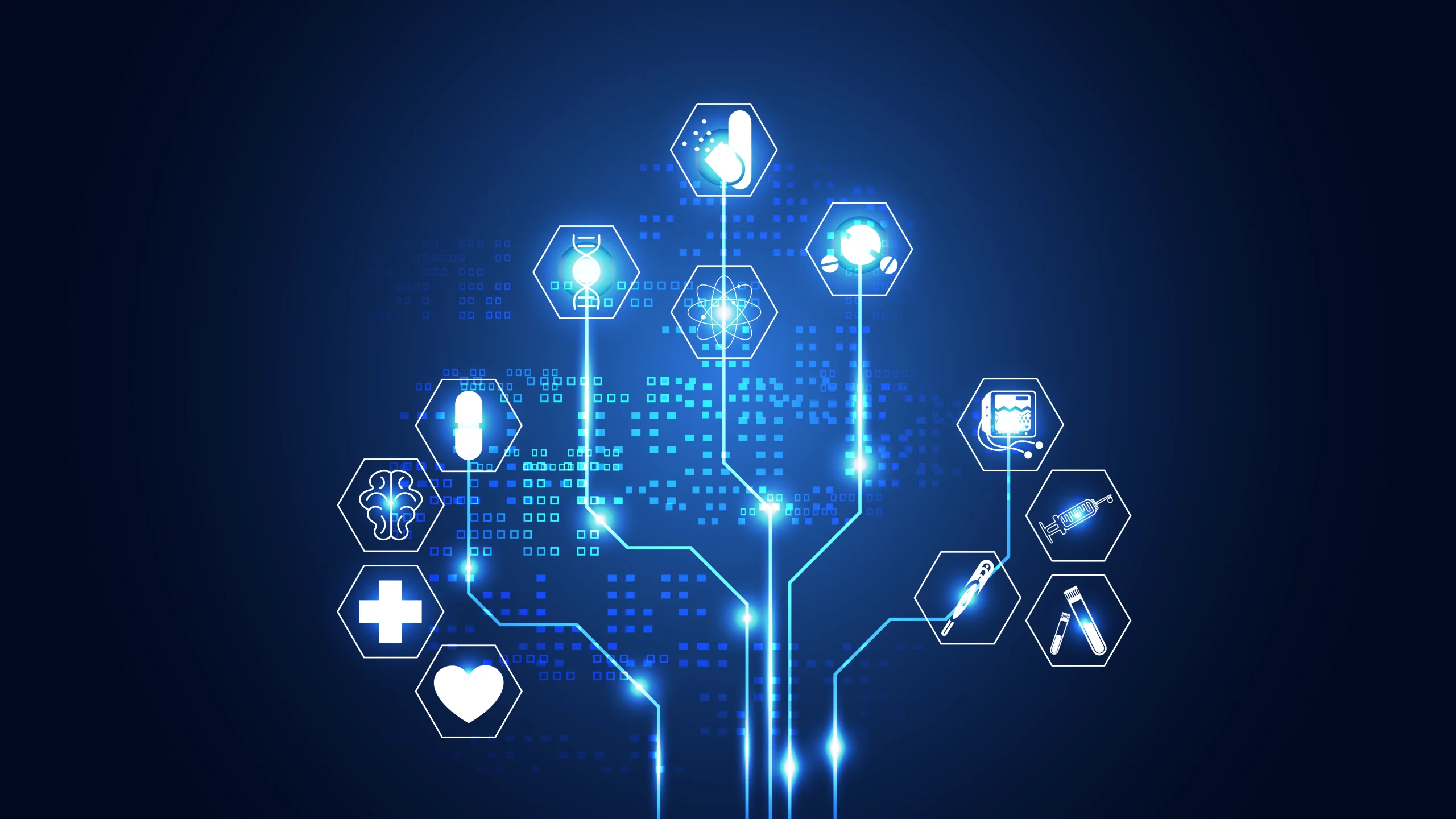Connecting the Dots: How Knowledge Graphs Are Reshaping Biomedical Research and Healthcare

In the era of data-intensive science and precision medicine, the ability to integrate, interpret, and act upon vast amounts of biomedical data is no longer optional, it is essential.
The life sciences and healthcare sectors generate a staggering volume of data daily, sourced from clinical records, genomic analyses, imaging modalities, clinical trials, and scientific literature.
Yet, while this data explosion holds immense promise, it also presents a fundamental challenge: how do we extract coherent, actionable insights from such diverse and complex sources?
Enter knowledge graphs (KGs), a computational paradigm that is redefining how we structure and interact with biomedical information. These graphs not only organize data but also map the relationships between concepts, offering a contextual and connected view of the biological and clinical landscape.
This article explores the role of knowledge graphs in healthcare, their construction and applications, and the future they are helping to shape.
Understanding Knowledge Graphs in the Context of Biomedical Data
The term “Biomedical Knowledge Graph” (BKG) specifically refers to graphs developed to integrate and represent information in the healthcare and life sciences domains. These graphs are capable of synthesizing both structured data and unstructured data, or clinician notes, into a unified model.
At their core, knowledge graphs are structured representations of knowledge that connect entities (nodes) such as genes, proteins, diseases, and drugs through relationships (edges) that define how these entities interact or relate to one another.
Unlike traditional relational databases, which store data in rigid tabular formats, knowledge graphs adopt a more flexible, networked model that mirrors the real-world complexity of biomedical systems.
In the context of medicine and biology, where systems are inherently multifactorial and dynamic, these interconnected models are particularly valuable. They enables researchers and clinicians to move beyond siloed analyses, instead embracing a systems-level perspective that captures the interplay among genetic, environmental, and clinical factors.
Constructing a Biomedical Knowledge Graph
Creating a biomedical knowledge graph is a sophisticated, multistage process. It begins with data acquisition and curation from a range of sources, including biomedical databases, electronic medical records (EMRs), and omics repositories.
Natural language processing (NLP) tools play a critical role in this process, particularly in extracting meaningful information from unstructured texts. Biomedical Named Entity Recognition (BioNER) tools help identify key terms (such as disease names, gene symbols, or chemical compounds) while advanced models like BioBERT, trained on biomedical corpora, enable more sophisticated extraction and interpretation of relationships.
Once the data sources are decided, entities and relationships are extracted, these extracted relations are then filtered on the probability score. These entities are then mapped into the graph structure. Cross-references to standard vocabularies could give the ground truth for verifying the mapping. This structure can be continually updated and expanded as new data becomes available, making it a living, evolving knowledge system that grows in accuracy and richness over time.
Applications of Knowledge Graphs in Healthcare
- Personalized Medicine
Knowledge graphs enable clinicians to integrate patient-specific genomic, clinical, and lifestyle data to identify the most effective therapies and minimize adverse effects.
- Drug Discovery and Repurposing
By mapping relationships between genes, diseases, and compounds, KGs help identify new therapeutic targets or repurpose existing drugs for new indications.
- Clinical Decision Support
KGs provide context-aware insights at the point of care, suggesting diagnoses or treatment options based on connected data.
- Public Health and Epidemiology
Researchers can track disease outbreaks, analyze health trends, and model interventions using real-time and historical data embedded in knowledge graphs.
- Biomedical Research Acceleration
BKGs streamline hypothesis validation, literature mining, and cross-disciplinary collaboration by connecting scattered data and findings.
Navigating Challenges and Looking Ahead
While the potential of knowledge graphs is substantial, several challenges persist. Integrating data from diverse sources remains a technically complex task, particularly when dealing with inconsistent formats and standards.
Another issue is data incompleteness, which can lead to missing or misleading insights. Privacy is also a major concern, especially when working with sensitive patient information.
Despite these hurdles, the trajectory of knowledge graph adoption in healthcare is unmistakably forward. As the technology matures, we can expect biomedical knowledge graphs to become more refined, scalable, and accessible.
The continued integration of AI models and ontologies will further improve their precision and interpretability, making them essential tools in both research and clinical environments.
Conclusion
The integration of knowledge graphs with artificial intelligence (AI) promises a new paradigm of collaborative medical intelligence, where machines and humans work together to derive insights, make decisions, and develop interventions based on interconnected knowledge.
As these systems mature, they will increasingly serve as foundational tools for translational research, clinical innovation, and public health strategy.
In essence, knowledge graphs do not merely represent data, they represent understanding. In a field where precision, context, and complexity are paramount, this capacity to synthesize and connect is nothing short of transformative.